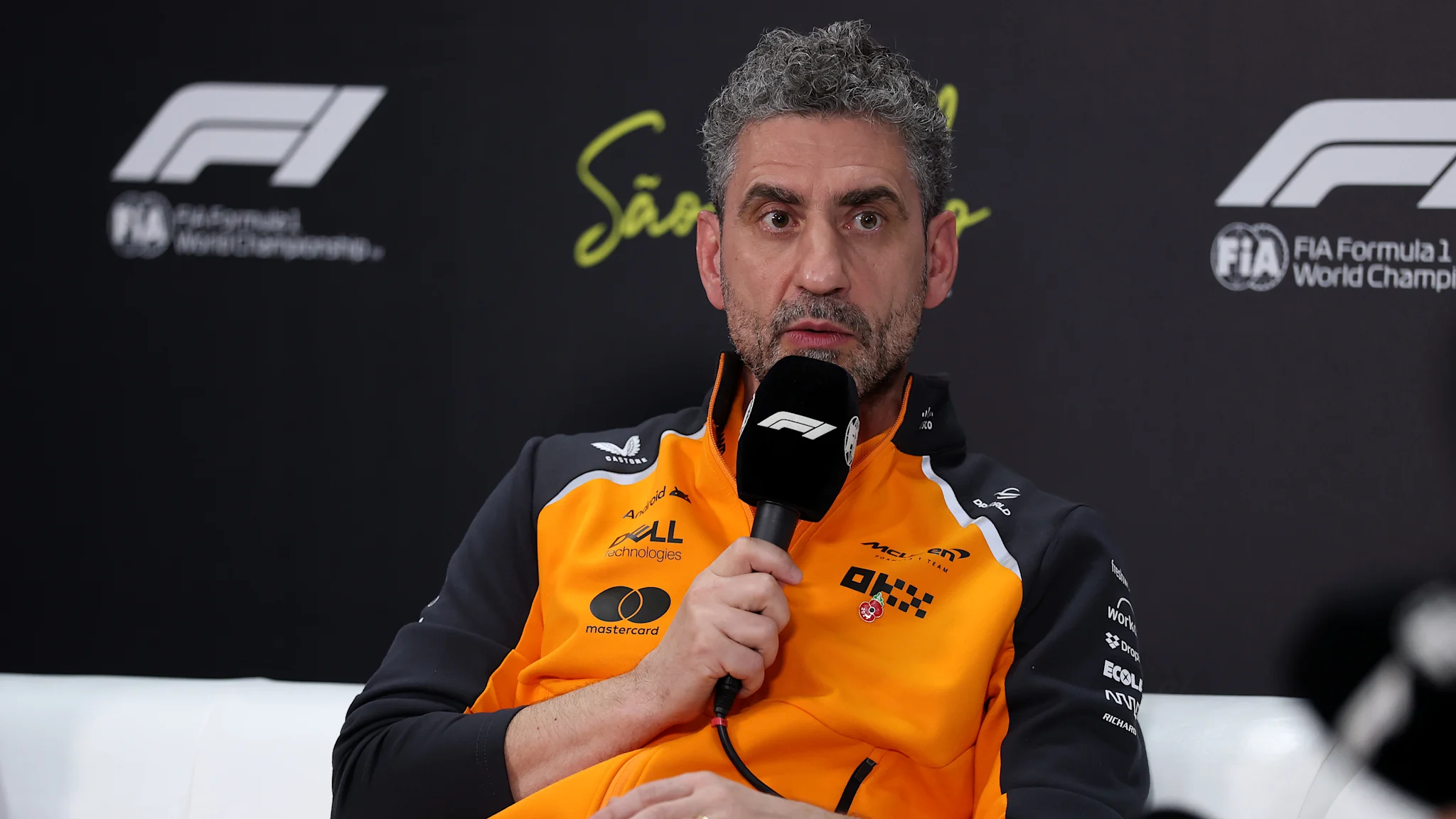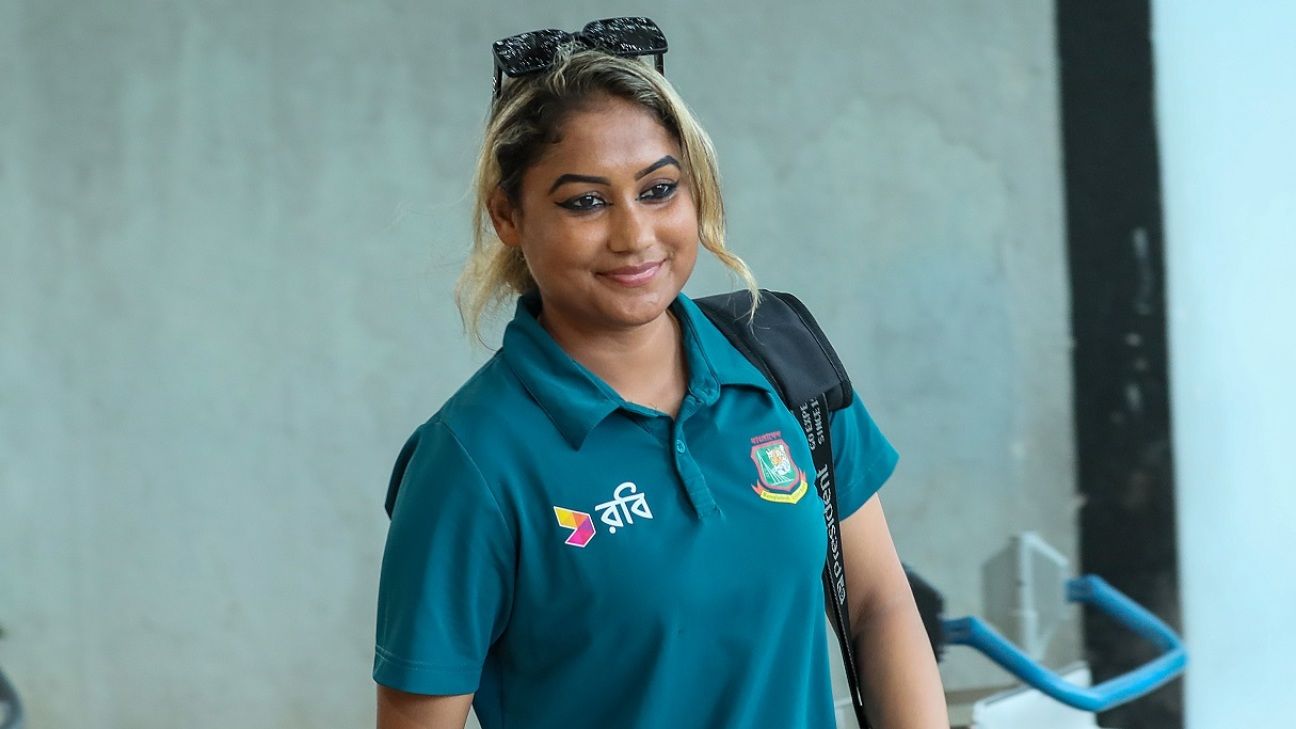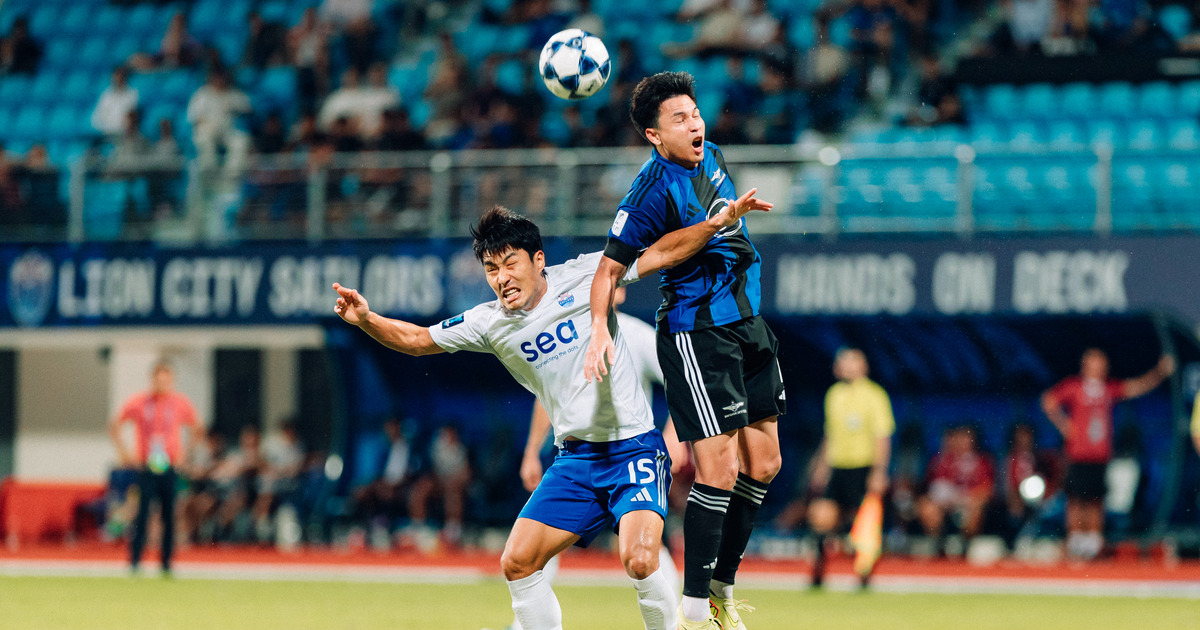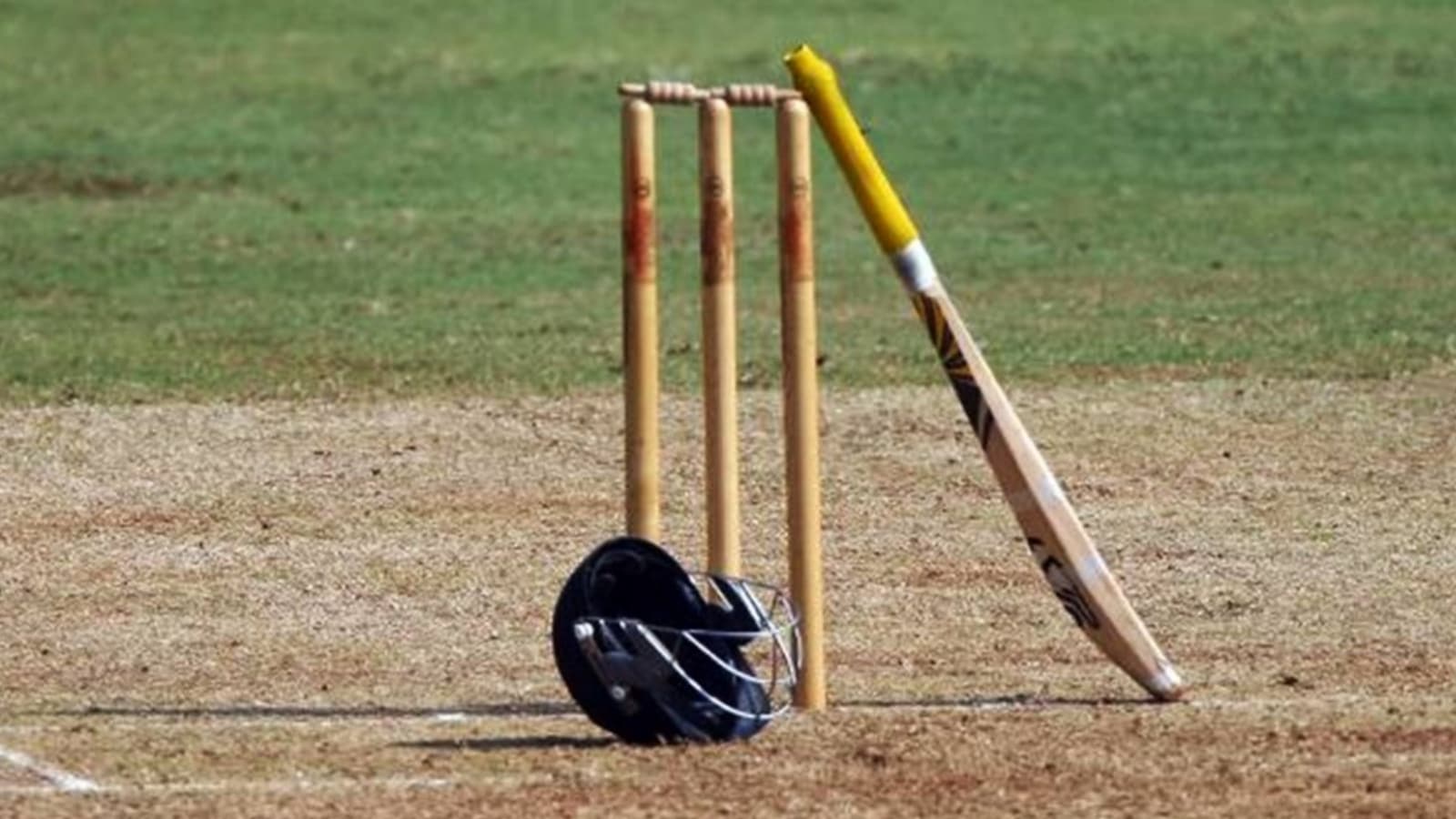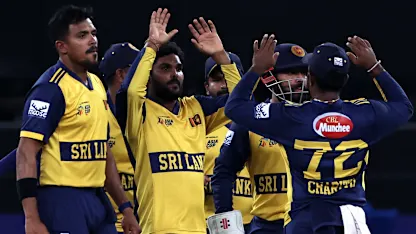17 World Cup in Qatar: Injury risk and host's legacy

The U-17 men's football World Cup is usually followed by scouts and keen football fans all searching for the next Lionel Messi, but the 2025 edition has taken on greater significance.The tournament has become FIFA's guinea pig as it becomes the first to try out the 48-team format – the one that will be on show at the World Cup in the USA, Canada and Mexico next year. It's also the start of an annual cycle of these under-17 tournaments, and the first of five consecutive tournaments to be played in Qatar.FIFA expert and former player Pascal Zuberbühler says it's the "beginning of a new global rhythm in football" and that he can feel "the pulse of something special about to unfold". While there is undoubtedly some hyperbole in those comments, it is undeniable that the global football calendar is entering yet another new phase.As with every change, questions follow. In the case of this tournament, load management of teenagers — some of whom could now play World Cup tournaments annually for a number of years — comes into focus, as does the significance of Qatar now becoming permanent hosts for the next half a decade.Demanding schedule raises injury riskThere are many risks to children competing at elite levels, and 17-year-olds are no different."Players could potentially play eight matches within about three and a half weeks if they reach the final, roughly one every three to four days. Even as a single event, that represents a demanding schedule for developing players, particularly when recovery opportunities are limited," Sean Williams, who works at the University of Bath, England, and specializes in sports injury prevention, load management and growth and maturation, told DW.There is also the case of managing the wide range of fitness and training levels at this tournament."Players from elite football nations such as Germany, England, and Italy typically arrive with much higher cumulative loads from year-round academy training, domestic youth leagues, and international fixtures. While they benefit from sophisticated strength and conditioning support and experienced medical staff, many may already be carrying accumulated fatigue," Williams said, acknowledging some progress had been made here.However, players from emerging nations — many of whom would not have qualified under the previous 24-team format — will likely arrive with much lower training loads and fewer high-intensity matches in their bodies."For them, this tournament represents a sudden spike in demands. Although the relationship between load changes and injury risk remains complex and debated, rapid increases in training or match exposure are generally considered a concern, especially in athletes unaccustomed to such demands. These teams also tend to have less sophisticated systems for monitoring and managing load, and often limited experience with additional stressors such as long-haul travel and competing in Qatar's heat," said Williams, explaining these factors combine to increase injury risk.Regardless of their origin, Williams believes there are some specific challenges to working with this age group."Some apophyseal sites [locations on the skeleton where a growth plate (apophysis) serves as an attachment point for muscles, tendons, and ligaments], particularly around the pelvis, may not yet be fully ossified [turned to bone], leaving them vulnerable during rapid escalations in load," Williams explained.What does this tournament mean for Qatar's legacy?Then there's the matter of Qatar hosting permanently for the next five years (Morocco are also hosting the women's U-17 tournament for the next five years). The Gulf state has a packed recent history of hosting major sports championships, most famously the 2022 World Cup. But it's not just Qatar. With Saudi Arabia's Public Investment Fund already an official partner of the Club World Cup and the country set to host the 2027 Asian Cup and the 2034 World Cup, the Middle East continues to play a central role in football's evolution.Kamilla Swart-Arries is an expert of sport, tourism and event management and a professor at the Hamad Bin Khalifa University in Doha. For the South African, the U-17 World Cup is "about Qatar positioning themselves as a world class sporting destination.""In the context of where Qatar is now, bidding for 2036 [Olympics] shouldn’t be seen in isolation," Swart-Arries told DW. "Their strategy since the 2006 Asian Games, and all the World Championships they've had since, is about building a track record over years. This is about maximizing facilities and building a legacy of creating opportunity and interest for younger people."Swart-Arries doesn't believes Qatar's intention with this tournament is to change the narrative that surrounded the 2022 World Cup, which drew widespread criticism for the reported deaths of thousands of migrant workers in the construction of stadiums and the country's poor record on issues such as LGBT rights.However, the global criticism is widely accepted to have brought some changes to labor laws. There is also little doubt that elite sportspeople visiting will leave with a positive perception, said Swart-Arries."Given that context, I think the boys [the U-17 footballers] that are here will have an amazing experience and for those who have different perceptions [about Qatar], just being here would change that," she said.Then there's also the choice of hosting the tournament at the Aspire Academy, Qatar’s premiere sports academy. Only the final is being held in a stadium."It's smaller scale and Aspire lends itself to this type of tournament. They can say, 'We can do this and we can do it well, and we can learn from all other events we have hosted, including the 2022 World Cup,'" said Swart-Arries. "You get a day pass, and this is also an entertaining event for families. This is also about showing Qatar is a family friendly tourism destination."

